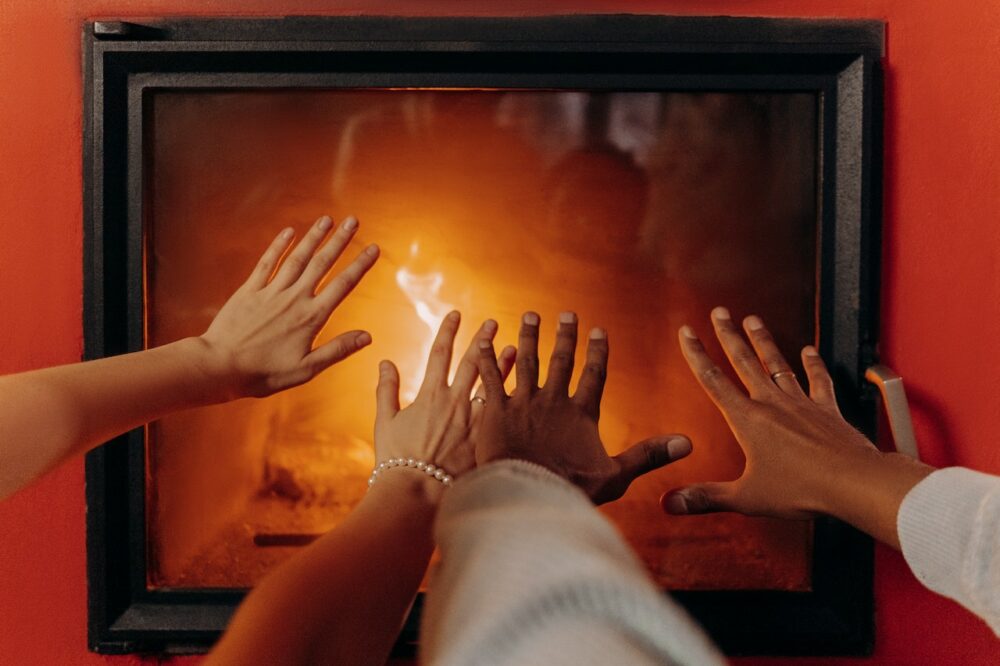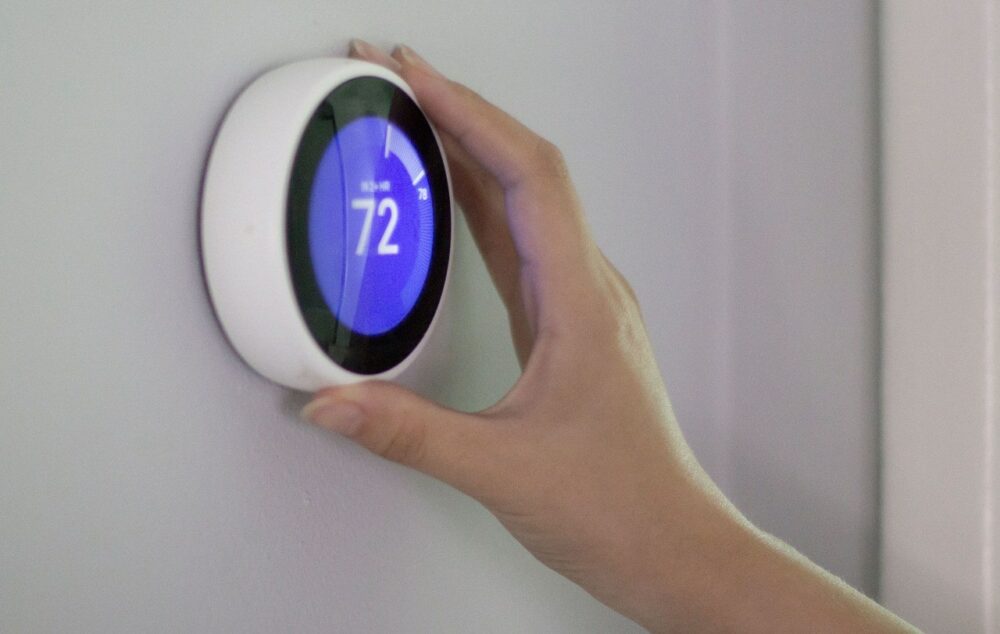Some of the most common problems with your furnace are related to the control board, which is essentially the brain of your furnace. When this board is broken, the components in your furnace will not receive the proper command to turn on. As a result, they will not turn on.

You can usually tell if the board is not functioning properly by the color of the component LED lights. These lights should be green when the control board is working properly.
Troubleshooting a furnace.
When troubleshooting a furnace, there are several steps you can take to identify the source of the problem and correct it before contacting a technician. The first step is to check the status of the furnace to determine if it’s on or not.
Many furnaces have a reset button you can press to turn the unit back on. If the furnace turns off, the problem could be due to a malfunctioning thermostat or a tripped breaker. Click the link: https://en.wikipedia.org/wiki/Circuit_breaker for more information about circuit breakers.
The next step is to inspect the furnace for a malfunctioning pilot light. Check the pilot light, which should be about 1/2 inch blue and glowing. If it’s still off, you should relight the pilot light and restart the furnace. You can also check the furnace’s manual for more information on the furnace’s operation.
Another problem you might encounter is a broken inducer motor. While this is not a major problem, it can be easily remedied by tightening a screw. If this doesn’t fix the problem, you can replace the entire inducer motor assembly. Another common issue is a stuck inducer motor. Depending on the problem, the fix may be a simple fix or may require replacing the entire motor.
Another simple step to fixing a furnace is to replace the filter. Most furnace filters will need to be changed every 90 days, but you may need to change them more often if you have allergies. Changing the filter can also help fix other problems with the furnace. A dirty filter could also mean that the air ducts are dirty and need to be cleaned or replaced.

If you hear a rattling sound or the furnace has intermittent shutoff, you may have a malfunctioning burner. You may need to call a service technician to fix this problem.
Checking the thermostat.
If your furnace is experiencing short cycling, it may be caused by a faulty thermostat. This can damage your furnace and cause it to malfunction. Most short cycling problems are caused by faulty wiring and incorrect thermostat placement.
First, check the thermostat to ensure it is set to the “heat” position. Remember, a furnace must heat up before its blower will work. You should also make sure that the thermostat’s batteries are replaced if necessary. It can be helpful to read the user manual for your furnace so you can make sure the thermostat is set properly.
If your thermostat isn’t displaying any of these, you may need to replace the batteries. If you have a programmable thermostat, make sure it’s powered by AA Lithium batteries. Alkaline batteries will quickly run out and interfere with the operation of the thermostat.

To make sure your thermostat is working properly, it should make a clicking sound when it increases the temperature. If it doesn’t, you should have a problem with your furnace and should get it repaired or replaced.
Another common problem with your furnace is that the thermostat isn’t receiving any power. The thermostat works by detecting the ambient temperature and sending a message to your furnace. But if the thermostat doesn’t receive power, your heating system won’t turn on. This can be caused by a number of different issues. Some of these problems include a tripped circuit breaker and a blown fuse.
In the case of gas furnaces, a pilot light that is yellow or flickering could be caused by carbon monoxide. This can be a dangerous issue. If you find a yellow light, contact a heating contractor as soon as possible. They will be able to give you further directions and properly diagnose the issue.
Checking the igniter.
Your furnace’s igniter may not be functioning properly. There are several reasons why this happens. Sometimes it’s simply too old or in need of replacement. In such cases, you should replace the igniter and let the furnace cool before testing it.
You can also check for damage with a multimeter. If you see cracks, loose screws, or detachable wires, it’s time to replace the igniter.
A bad igniter can cause your furnace to shut down as a safety measure. It might also cause your furnace to not ignite or even turn on. You may also notice that your furnace isn’t blowing cold air. If you have this problem, you should immediately call a technician.